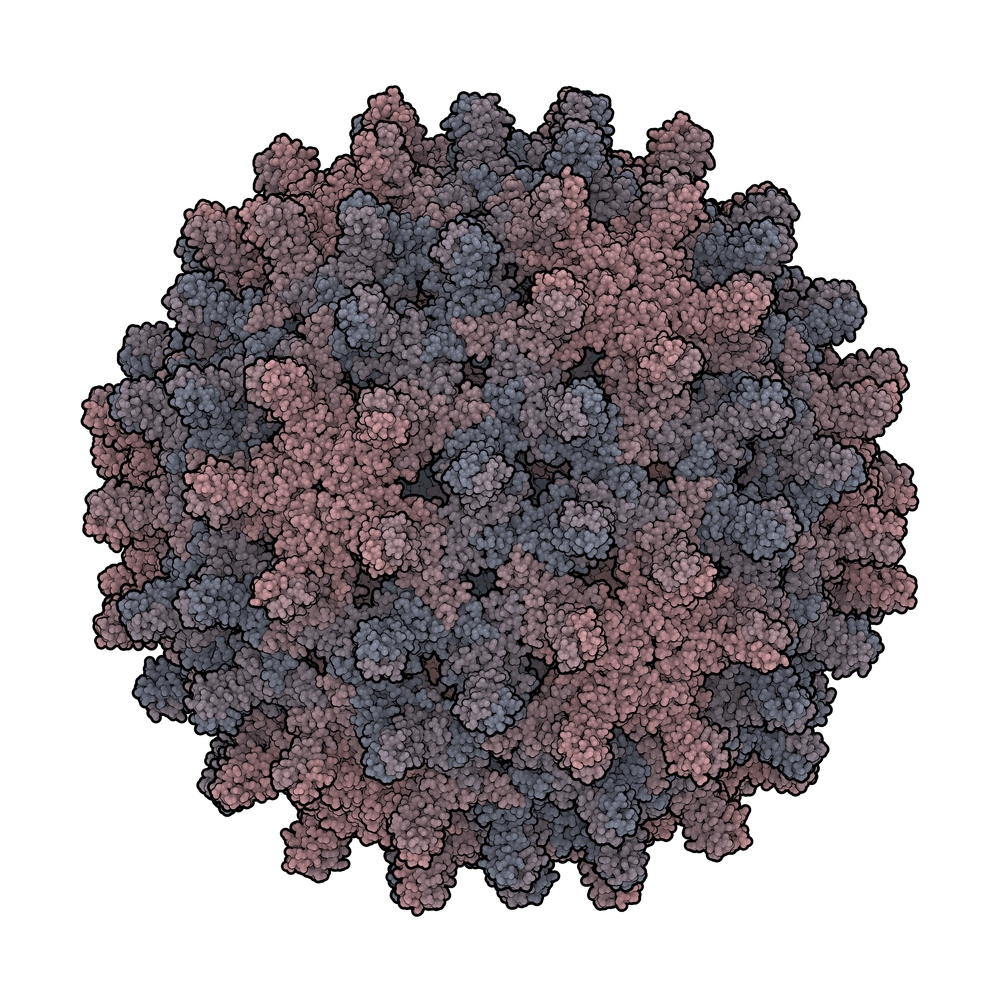HEPATITIS B VIRUS CORE ANTIGEN
Recombinantly produced Hepatitis B Virus core antigen (HBcAg). This core protein fragment represents part of the infectious virions inner core particle, which encloses the viral genome.
PRODUCT DETAILS – HEPATITIS B VIRUS CORE ANTIGEN
- Recombinant Hepatitis B virus Core protein produced in E. coli.
- Comprises HBV Core immunodominant region.
- Available in liquid format and buffered in 10 mM Tris-HCl, pH 8.0, 50 mM NaCl, 1 mM EDTA, 50% glycerol.
- Greater than 90% purity by SDS-PAGE.
- Immunoreactive with serum of HBV infected individuals.
BACKGROUND
HBV is an enveloped DNA virus with a 3.2-kb covalently closed circular DNA, which replicates within the nucleus of infected hepatocytes (Seeger & Mason, 2015). Four genes are present on the virus genome; pre-core/core, polymerase (P), envelope (pre-S1/pre-S2/S) and X. The pre-core/core gene is responsible for expression of core protein as well as hepatitis B e antigen (HBeAg), a serological marker of HBV infection correlating with high viral load.
The 5′ end of pre-S1, pre-S2 and S regions all have independent start codons which can each generate three co-terminal envelope proteins called large (L; pre-S1 pre-S2 S), middle (M; pre-S2 S), and small (S; with S domain alone) envelope proteins. The S protein is the most abundant envelope protein expressed and can be secreted independently of L and M envelope proteins. After secretion, mature HBeAg is deleted at residue 149 C-terminally and retains 10 pre-core residues N-terminally. Both L and S envelope proteins are needed for virion secretion, while M protein is dispensable (Bruss & Ganem, 1991; Ueda et al., 1991).
Core particles with mature (double stranded DNA) genome can be enveloped and released as 42-nm virions, with the three envelope proteins inserted on the surface. Empty viral particles (22-nm) are also abundantly produced (Bruss & Ganem, 1991; Ganem & Prince, 2004; Zhang & Tang, 2017). HBcAg is one of the three major clinical antigens of hepatitis B virus but disappears early in the course of infection. It is a highly immunogenic subviral particle comprising 180 or 240 copies of the core protein and functions as both a T-cell-dependent and a T-cell-independent antigen.

